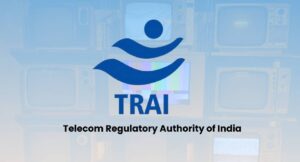The country is moving quickly on infrastructure policies, spectrum allocation, and standards needed for critical communication. The Trai chairperson explained that the regulator has already submitted a set of recommendations to the government to reinforce the national communication network.
He pointed out that the government had brought out the National Digital Communication Policy 2018 with the objective of improving the Public Protection and Disaster Relief (PPDR) system. Following this, Trai in 2018 provided detailed inputs on next-generation PPDR networks. These included the creation of a pan-India Integrated Broadband PPDR network and the use of a hybrid model. The model proposed a dedicated BB-PPDR system in metro cities, border regions, disaster-prone areas, and sensitive zones such as Jammu & Kashmir and the northeast.
The official further shared that, on the basis of references received from the Department of Telecommunications, Trai recommended the allocation of 10 MHz paired spectrum in the 700 MHz band to improve railway safety. These suggestions were made in two separate sets of recommendations.
During the same forum, the Broadband India Forum chairperson underlined that European Union nations are in the process of creating the EU Critical Communication Systems (EUCCS). The initiative is meant to provide a continent-wide framework where public safety responders can operate without interruption across different regions. She noted that India too requires a system of this scale, considering its size and diversity.
She referred to how different technologies had supported each other during Operation Sindoor, stressing that technology alone is not enough. According to her, the country must also establish clear ecosystem standards, enable interoperability between multiple agencies, ensure encryption for data security, build redundancy and resilience to handle disasters, and prepare for the rising threat of cyber-attacks. PTI
